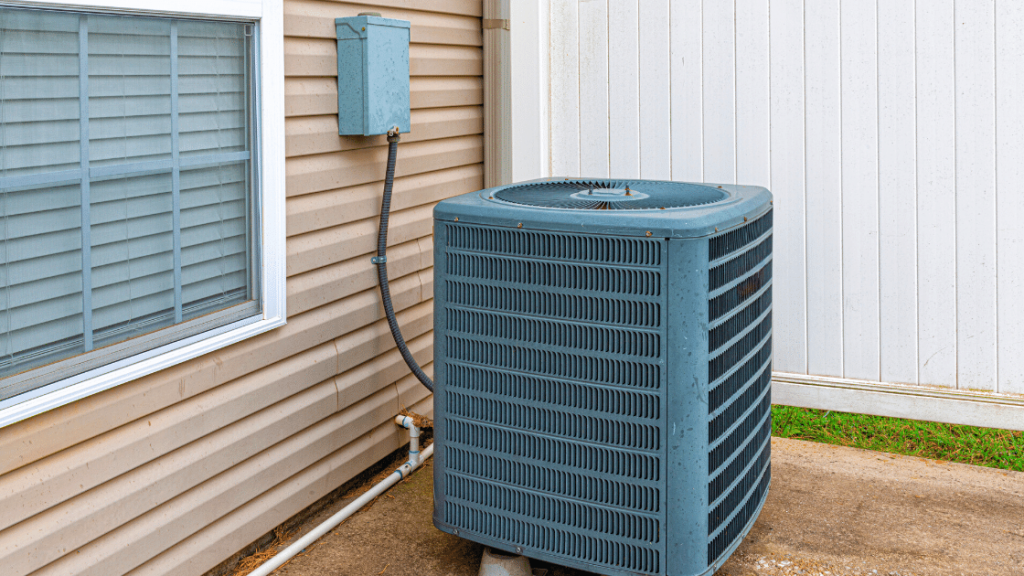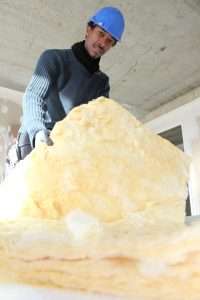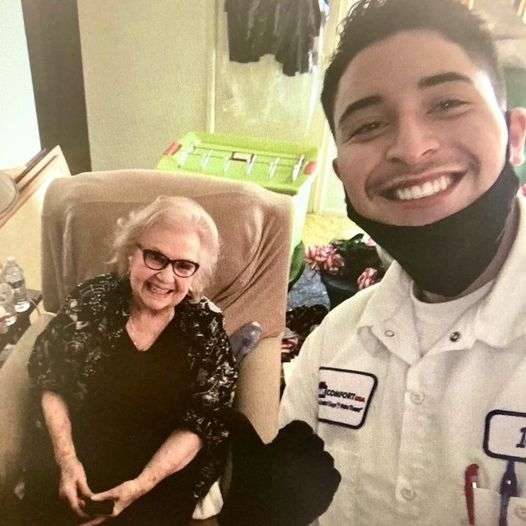Are you prepared for another summer full of hot days? There have been excessive heat warnings across the southwestern states, with many Southern California cities breaking temperature records. At times like this, your air conditioner must work efficiently. Knowing how your refrigeration cycle works is the best way to monitor the health of your AC.
It’s essential to check how long your AC compressor stays off between cycles. Short cycling can damage the components in your AC. Failure to address this usually results in a poorly functioning AC that won’t cool your home.
Read on if you’re interested in finding out how your air conditioner works. This guide explains what the refrigeration cycle is and why it’s important.
How Does the Refrigeration Cycle Work?
To understand the air conditioning cycle at its most basic level, you need to know some fundamental physics. No matter how complicated your AC cycle may seem, it all comes down to how gas changes temperature when it expands and contracts.
The combined gas law states that pressure increases when gas is heated. As you increase pressure, the temperature also goes up. If you decrease the pressure, you have the opposite reaction, and the temperature goes down.
Your AC works by changing the pressure of the liquid refrigerant in the system. By pressurizing and depressurizing this gas, it changes the temperature. Once you reach a certain pressure, the refrigerant changes from a gas into a liquid.
Another key aspect of the AC cycle is that heat always flows from a warmer substance to a cooler substance, which happens until an equilibrium is reached. The air conditioner cycle uses these principles to cool the air in your house.
Most people think that air conditioners create cold air. The truth is, AC units remove the heat from the air inside your house and blow it outside. When this heat is removed from the air, your AC blows cool air into your home.
How Does an Air Conditioner Cool Your Home?
Four main components produce cold air regardless of what type of AC you have. Once you know how your AC cycle works, it’s easier to identify problems, especially if your AC unit is causing a high utility bill.
The Compressor
A compressor drives the whole AC system and uses an electric motor to spin a centrifugal pump. As this pump turns, it increases the pressure of the refrigerant gas and pushes it through the entire air conditioner.
Liquid refrigerant enters the compressor at low pressure and temperature. It’s then pressurized into a high-pressure vapor, increasing the temperature. This scorching vapor is then forced into the condenser.
The Condenser
These heat exchangers consist of a network of copper tubing and aluminum fins. A fan blows air over the tubes, cooling the refrigerant vapor flowing through the pipes. That’s why the condenser is located outside—the hot air is blown out of your home.
As the refrigerant cools down, it changes from a vapor into a liquid and, at this stage, is still at high pressure. Although the refrigerant leaves some heat behind in the condenser, it’s still hot when it moves into the expansion device.
The Expansion Device
The expansion device is a valve that slows down the hot and pressurized refrigerant liquid flow. It does this by changing the diameter of the piping. The fluid flows into the expansion device through a wide tube and is then forced into a smaller tube.
The reduced tube size restricts the flow of refrigerant into the evaporator and the pressure of the liquid decreases. As the pressure reduces, it causes the temperature to drop. Depending on how much the pressure and temperature decrease, a mix of cool vapor and liquid is pushed into the evaporator.
The Evaporator
Just as its name suggests, the evaporator is where the refrigerant changes from a liquid back into a gas. This is the opposite process of what happens in the condenser. This conversion process absorbs heat and rapidly cools the air surrounding the pipes.
By changing the pressure of the refrigerant, the evaporator can suck the heat out of the air. A fan blows air over the evaporator coils and into your home. This is how the heat in your home is absorbed, and cold air blows in.
The refrigerant returns to the compressor at this stage, and the AC cycle starts again.
How Do You Know If Your AC Is Short Cycling?
Each refrigeration cycle takes between 15 to 20 minutes to complete. This usually is long enough for your AC to reach the temperature you’ve set on your smart thermostat. If your thermostat is set very low in extreme heat, your compressor may run for more extended periods.
If your compressor runs for less than 15 minutes at a time, you have a short cycling problem. There are various causes of short cycling, such as frozen evaporator coils, dirty filters, or lack of refrigerant. Whatever the issue is, short cycling can lead to components failing and may result in a total breakdown.
Your air conditioner should run for approximately 15-20 minutes. As soon as you notice your compressor is running for less than 15 minutes, it’s essential to contact a professional AC repair company. Your HVAC technician addresses the problem before it grows into a bigger one!
When is an AC Cycle Too Long?
A long cycle means the air conditioner runs for a very long time and rarely stops in between. Long cycling isn’t good because it consumes more energy and increases your utility bill.
If you’re wondering, “How long should AC stay off between cycles?” The AC should be turned off for 15-20 minutes per cycle, with 7-10 minutes in between for cooling. This should happen 2-3 times per hour. If it doesn’t, you may have a problem with long cycling.
Does Your AC Need Maintenance or Repairs?
With summertime high temperatures reaching dangerous levels, your AC refrigeration cycle must work correctly. A happy air conditioner means a comfortable family! If you suspect that your AC needs repairs or if you need an AC installation, then Home Comfort USA has you covered. Air conditioning is our calling, and we’re committed to giving our customers the best possible deal.
We serve all of SoCal and are available 24/7. You can contact us online or at (888) 462-0089 to discuss your air conditioning system requirements.






